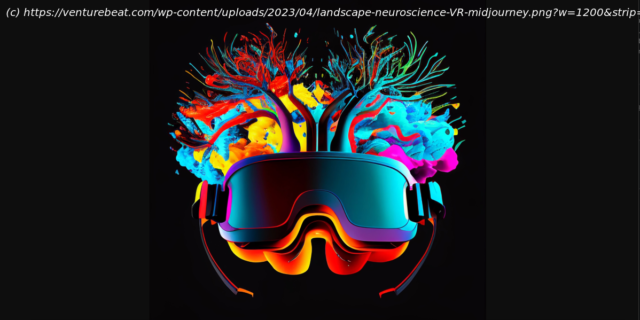From helping customer service agents develop empathy to cultivating workplace culture, the neuroscience of VR proves a valuable tool.
Few emerging product categories garner as much attention, enthusiasm and speculation as Virtual Reality (VR). Frequently associated with large goggle rigs featured in internet fail videos or speculation about the future metaverse, this technology is both emerging and already incredibly powerful.
What’s more, it might be the tool that helps tech companies respond and adapt to today’s uniquely disruptive moment for a sector accustomed to prolific, seemingly-unbridled growth and innovation.
Whether they are responding to new regulatory standards, adopting enhanced cybersecurity protocols or integrating novel technologies like artificial intelligence (AI), it’s clear that the status quo has been upended. Digital tools central to training
At the same time, the tech sector is reeling from the Great Resignation, which widened the already chasm-like gap between supply and demand for tech workers. Even for fully staffed companies, 76% of IT decision-makers are dealing with “critical skills gaps on their teams.”
To help support increasingly-distributed teams, augment employees’ skills and capabilities or implement new standards and technologies, tech companies are doubling down on employee training and digital tools have become central to those efforts. Unfortunately, these efforts often lack the lived experience and exposure that produce effective and reliable real-world results.
VR can bridge this gap by engaging the brain in the same way as lived experiences and accelerating outcomes accordingly. The neuroscience of VR provides compelling reasons to look to this technology to support teams while helping identify the best ways to harness VR to accelerate critical outcomes. The neuroscience of VR
VR is a technological marvel that relies on strategically positioned lenses to distort images and make them appear three-dimensional. The technology is nearly half a century old, but its capabilities are more realized, recognizable and accessible in today’s cutting-edge environment.
The technology exposes users to life-like experiences that engage the brain in tangible ways. For starters, VR blends bodily control and functionality with a compelling ecological reality.
Домой
United States
USA — software How the neuroscience of VR can help tech teams break critical barriers






